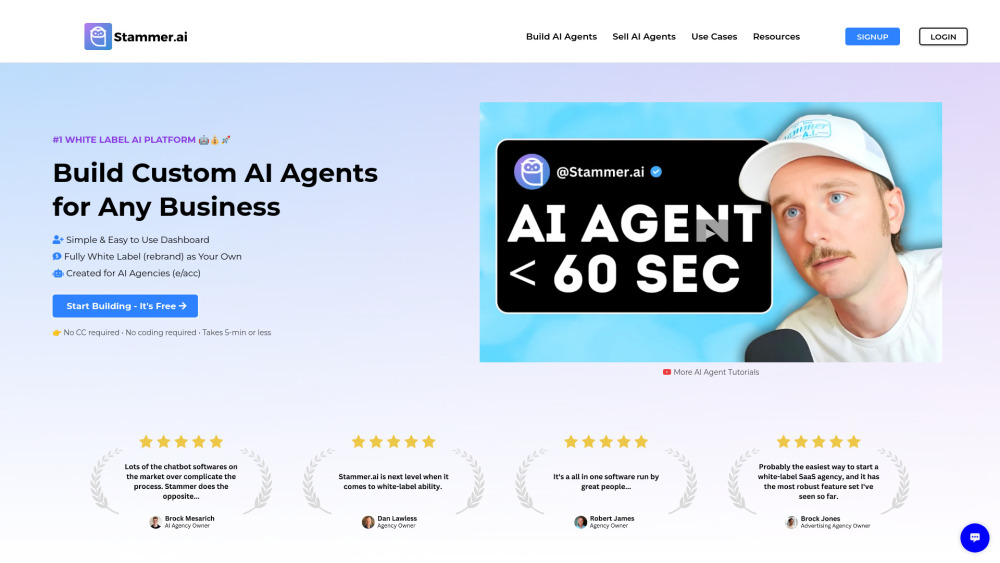Unveiling AIGC: The Future of AI-Generated Content
The rapid advancement of large language models is revolutionizing industries, positioning AI-Generated Content (AIGC) at the forefront. But what is AIGC, and why is it compelling? Let’s explore and uncover the essentials of AIGC.
Understanding AIGC
AIGC, or AI-Generated Content, utilizes artificial intelligence to create diverse content types, including text, images, videos, audio, and game elements. "AI" stands for artificial intelligence, while "GC" refers to content creation. AIGC employs technologies like natural language processing and computer vision, enabling it to understand and respond to user inputs effectively.
For example, ChatGPT is a language generation model rooted in natural language processing principles, capable of generating new textual content from existing inputs. Meanwhile, Midjourney focuses on AI-driven image creation, utilizing graphic computing and machine learning for data processing and workflow automation. Both tools exemplify practical applications of AIGC technology.
If we liken AIGC technology to a librarian, tools like ChatGPT and Midjourney serve as intelligent assistants, efficiently managing vast information and data to deliver accurate insights and streamline analysis.
The Surge of AIGC in Recent Years
AIGC is more than a trend; it’s a transformative technology harnessing foundational AI capabilities. It creates content in various formats, catering to diverse user needs. Major corporations like Microsoft, Google, and Baidu are integrating AI into their search functionalities, significantly enhancing user experiences. Many believe the search sector will be a leading growth area for AI technology.
Beyond search engines, AIGC is making significant waves in sectors such as office software, education, healthcare, urban planning, and the metaverse.
What Can AIGC Achieve?
1. The AIGC Industry Chain: The ecosystem consists of computational power, algorithm models, and applications. For instance, OpenAI's ChatGPT depends on the GPT large model, trained using computational resources. This illustrates how the AIGC industry relies on a robust infrastructure of technology.
2. ChatGPT Applications Across Industries:
- Finance and Securities: Customer service, investment advice, news delivery, and risk management.
- Manufacturing: Quality control, production planning, equipment maintenance, and process improvement.
- Healthcare: Medical consultations, knowledge management, medical image recognition, and health data oversight.
- Education: Teaching assistance, resource recommendations, skill assessments, and guidance for writing assignments.
- Retail: Customer support, marketing strategies, data analysis, and inventory management.
- Advertising and Media: Content production, ad placement, audience analysis, and creating virtual personas.
- Energy Sector: Power scheduling, equipment maintenance, grid management, and data management.
- IT Sector: Customer service automation, intelligent expense reporting, work summaries, and smart code generation.
- Transportation: Traffic prediction systems, intelligent scheduling, trip planning, and decision-making for autonomous driving.
As AIGC technology evolves, its impact across various sectors will deepen, driving both efficiency and innovation. Understanding its potential is essential for leveraging AI effectively in the future.
Conclusion
In summary, AIGC is set to transform how we create and interact with content across multiple sectors. By harnessing AI's capabilities, we can anticipate significant advancements in information management and dissemination. Embracing AIGC will be crucial for maintaining competitiveness in the rapidly evolving digital landscape.





